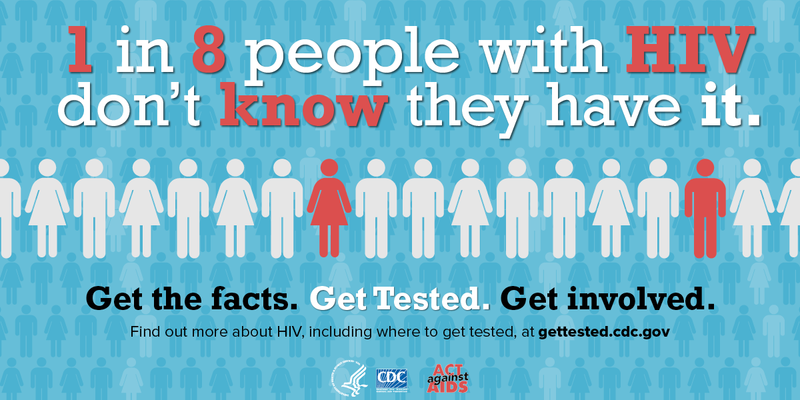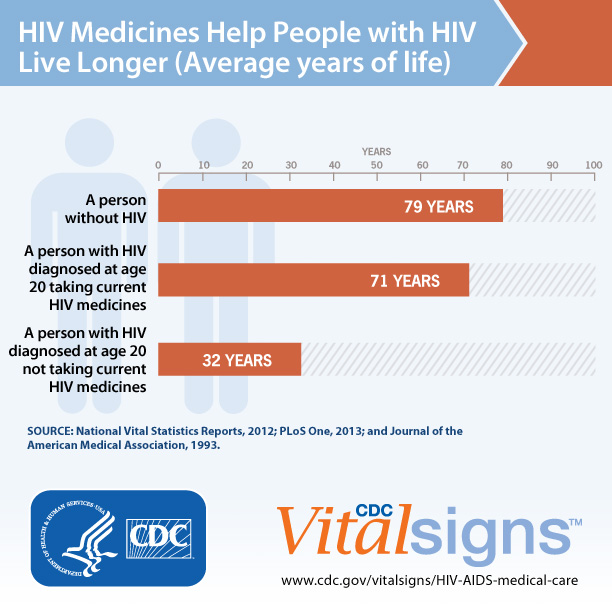
HIV/AIDs denialism is defined as the belief, contradicted by conclusive medical and scientific evidence that Human Immunodeficiency Virus (HIV) does not exist.

HIV/AIDs denialism is a mindset that will set you up for failure in a city that is ranked as having the 18th highest new HIV case rate in the United States—Charleston, South Carolina.
According to the S.C. Department of Health & Environmental Control (DHEC), “In areas where there is a significant number of other Sexually Transmitted Diseases (STDs), HIV frequently follows the same path. Charleston has ranked second in SC for its total number of chlamydia and gonorrhea cases reported in the three-year period of 2012 –2014.”
President Obama recently released a statement on June 5th, the 35th anniversary of the first documented AIDS case, “We’ve learned that stigma and silence don’t just fuel ignorance, they foster transmission and give life to a plague. We’ve seen that testing, treatment, education, and acceptance can not only save and extend lives, but fight the discrimination that halted progress for too long.”
So, who is your typical HIV patient in Charleston, SC? Do you fall into the category where you need to take precautionary measures? Should you just practice abstinence all together?
Charleston is captivating in its carefree bubble of Southern charm, living the beach life where you feel like you are always on vacation, right? To wear a condom or not to wear a condom? To get tested for HIV or not to get tested for HIV? To politely ask your partner if you can get tested for HIV together, just to be safe? Those are the real questions that should be asked.
And the answer is probably what you were expecting: get tested and wear a condom. What is surprising is that the numbers will tell you that it is worth the pain and confusion, even in your very own, dreamy city of Charleston.
In 2014, a total of 1,124 patients died from HIV/AIDS in South Carolina. During that same year, 41% of all new HIV cases in SC were in people 20-29 years old. According to SC DHEC, “More than one in four (27%) of new [HIV] cases reported were among people age 20-24.”
HIV/AIDs is not a diagnosis unique to the Men who have Sex with Men (MSM) community. MSMs accounted for 39.9% of all new HIV cases in 2014. However, heterosexual contact is a close runner up, accounting for 29.3% of new HIV cases. IV drug use accounted for 8.1% of new HIV cases. Who you?! IV drug use, never!
Intranasal drug use has also been determined to be a potential route of HIV transmission. Yes, you better believe it.
As an Infectious Disease Clinical Pharmacy Specialist who has been working with HIV/AIDS patients in the South since 2006, I see the other side of things, too. I see patients who actively have HIV/AIDS and who maintain a positive, optimistic and powerful approach to life. They see their disease as an important part of who they are, but not something that will break them. These days, HIV/AIDS can be managed, usually with a one pill once a day regimen—amazing.

In the 1990s, HIV/AIDS patients were taking up to 10-15 pills a day and often would die at a much younger age than those that were not HIV positive. Not to mention, the HIV medications at the time often had unpleasant and sometimes dangerous side effects.
For example, one of the most hated HIV medications was enfuviritide (Fuzeon®). Fuzeon was an injection that patients would give themselves twice a day and often caused a collection of noticeable abdominal nodules at injection sites. To say the least, the times have changed drastically. The one pill once a day HIV regimens that we have available today are light years away from the life of Matthew McConey in the movie, the Dallas Buyers Club. These days, HIV is a disease that you can prevent most complications from by taking your medications as prescribed.
Despite exciting new HIV treatment options, there continues to be an average of 142 new HIV cases daily throughout the U.S., from little country towns in South Carolina, to the booming, liberal city of San Francisco.
One of the major reasons why HIV/AIDS continues to spread so rapidly, is that a significant number of people are living with HIV/AIDS, but do not know it yet. In the U.S., 1 out of every 8 people living with HIV is unaware that they are HIV positive. Globally, 19 million of the 35 million people living with HIV do not know their HIV-positive status.
According to SC DHEC, a target population for high impact prevention efforts has been the young African American population. “During the three-year period of 2012-2014, the number of African American and white males diagnosed with HIV/AIDS was steadily increasing and surpassed all other population groups. The situation was particularly concerning for African American men, who accounted for 68% of all men diagnosed with HIV/AIDS in the two-year period of 2013-2014.”
Information can be overwhelming. Too much overwhelming information can be detrimental. The information above is meant to be empowering. My goal is to empower you with information to help you make the right decisions. You are the only one that can make yourself get tested for HIV, and you should have control over the decision of whether you and/or your partner(s) wear a condom.
There are many local HIV resources available, and many ways that you can discreetly be tested and receive treatment for HIV. To learn more, start by checking out Lowcountry AIDs Services website for more information.